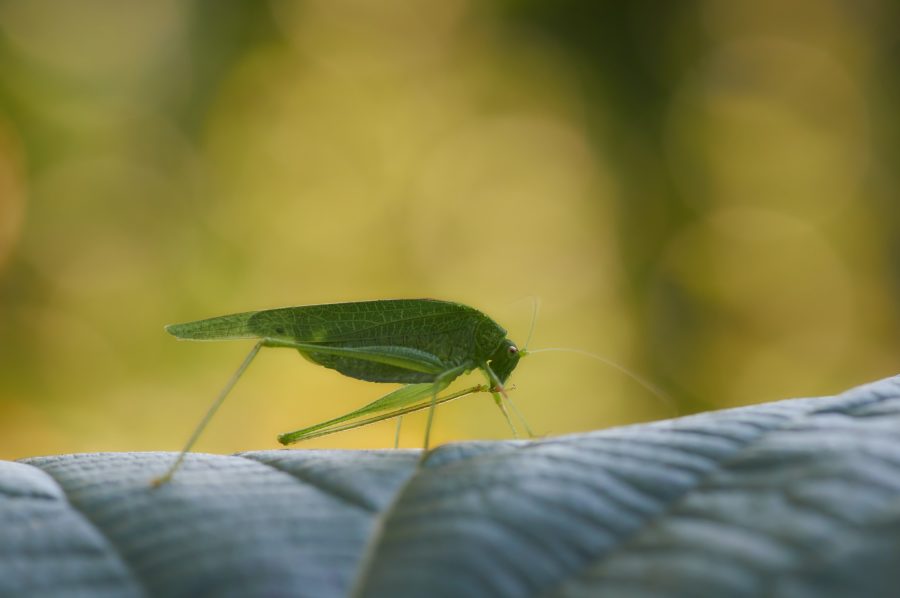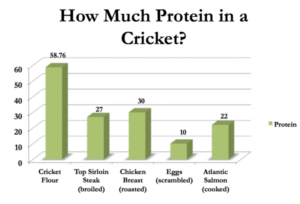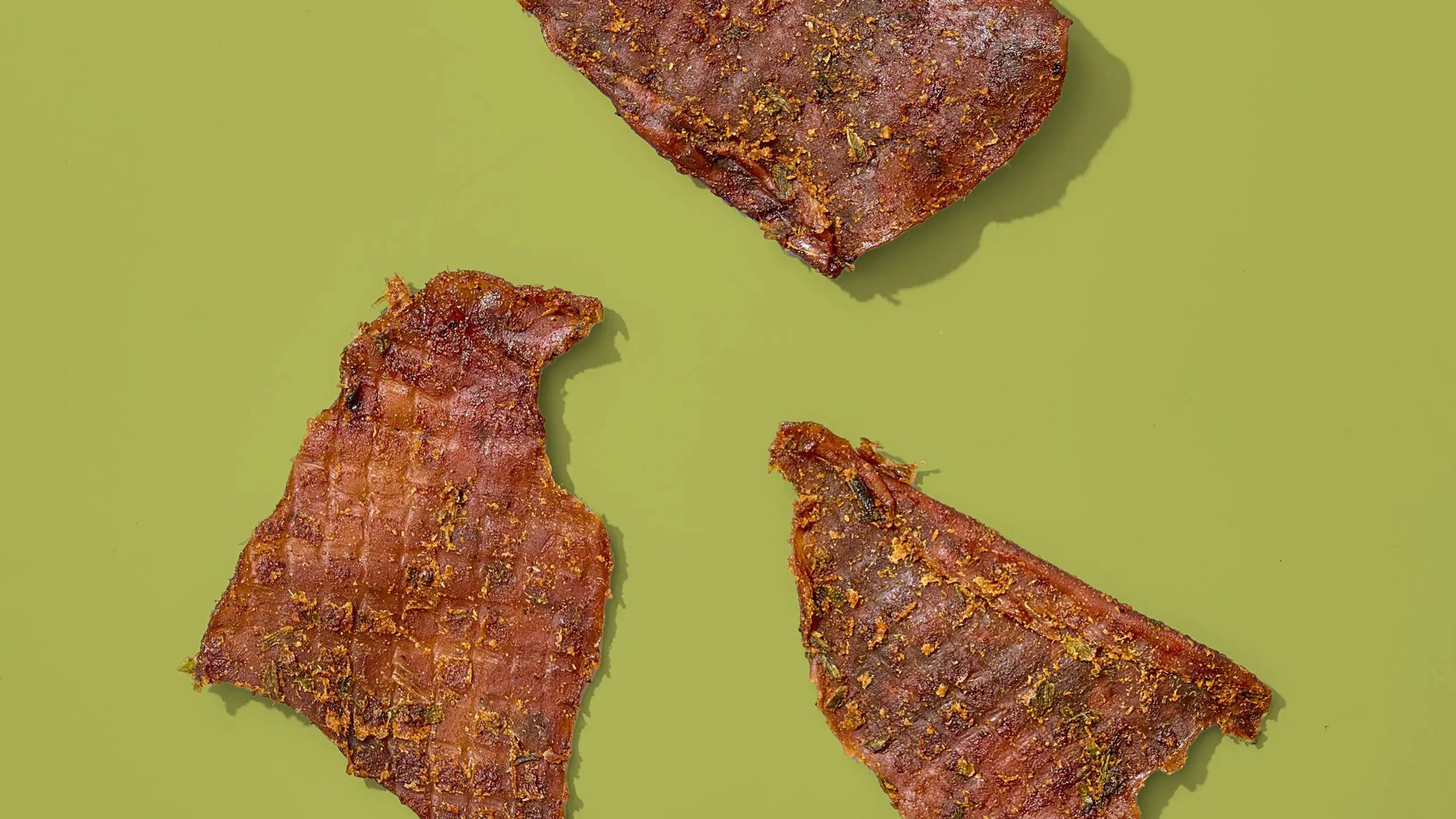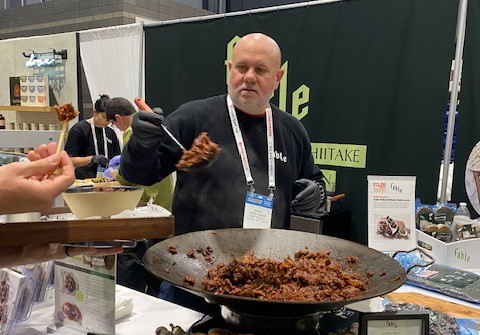The combination of wanting to eat a healthier diet and reducing the greenhouse gas emissions driving climate change has led to a meteoric rise in meat alternatives. But while consumers are increasingly incorporating plant-based proteins into their diets, chances are they haven’t dabbled in flies, fungi, or something grown in a lab. Yet.
But even if some of these newer protein sources may still be a bit much for the most adventurous of eaters, they’ll still be used to feed less finicky diners in the pet and livestock categories.
Against this backdrop, the meat substitutes market is expected to grow at a CAGR of 15.1% from 2020 to reach $17.5 billion by 2027, providing ample room for further innovation fueled by venture capital piling into the space. The edible insect market, which surpassed $112 million in 2019, is expected to grow at a compound annual growth rate of 26.5% from 2020 to 2027 to reach $4.63 billion by 2027.
Insect protein for dogs and dog owners
While some have difficulty getting past the “ick” factor, the number of insect-based consumer products is growing, and considerable infrastructure investments are underway.
For example, Norwood, Ontario-based Entomo Farms sells wholesale mealworms and crickets to companies making insect-based protein bars, chips, and other snack foods while also offering its own retail products, such as insect powders and seasoned insect snacks.
Insect production for animal feed, on the other hand, is well on its way to becoming more mainstream. Archer Daniels Midland and InnovaFeed plan to begin building what will be the world’s largest insect protein facility this year in Decatur, Illinois.
The companies plan to grow and harvest billions of black soldier flies, whose larvae consume immense amounts of organic material and convert it to nutrient-rich protein that can be sold as animal feed. ADM and InnovaFeed are aiming to produce up to 60,000 metric tons of animal feed protein per year, as well as 20,000 metric tons of oils for poultry and swine rations and 400,000 tons of fertilizer.
Catering to humans and animals alike, Aspire Food Group is investing $72 million in a London, Ontario cricket products plant expected to be completed in December and commissioned in early 2022, The $72-million facility is expected to produce 10,000 tonnes of beige cricket protein powder annually, as well as 10,000 tonnes of frass (insect feces) for use as a plant and soil supplement.
Big names on board with fungus
Nature’s Fynd, the food technology company which develops fungus found in Yellowstone National Park, is releasing its first products for pre-order.
Offering both a non-dairy cream cheese and meatless breakfast patties, Nature’s Fynd is backed by investors including Al Gore’s Generation Investment Management and the Bill Gates-backed investment fund, Breakthrough Energy Ventures. The company raised $80 million in its last round of financing.
Synthetic beef and other laboratory innovations
As of last year, there were over 100 cultivated meat, seafood, and dairy companies across the globe working on cell-based foods and cell-based enabling technologies.
Israel-based food tech start up Aleph Farms, for example, has been working on growing meat cuts from beef cells using a 3-D tissue engineering platform since 2017.
Recently, the company and its research partners cultivated the world’s first slaughter-free ribeye steak using 3-D bioprinting technology and real cow cells. The 3-D bioprinting technology consists of printing living cells that are then incubated to grow, differentiate, and interact, to acquire the texture and qualities of a real steak.
Steak isn’t the only cell-based meat making headlines. Other examples include:
- Cell-Based Seafood Producer BlueNalu Raises $60 Million
- Startup Makes Lab-Grown Chicken for Under $10 Per Serving
- Novameat 3-D Prints “World’s Biggest” Cell-Based Meat Prototype
The outlook
In 2013 The United Nations’ Food and Agriculture Organization published a book encouraging the consumption of insects as a sustainable and nutritious alternative to resource-intensive staples such as beef, poultry and fish. The organization noted that although not staples of Western cuisine, insects have always been part of human diets in Asia, Africa and Latin America, and they currently supplement the diets of billions of people across the world.
More recently, Bill Gates, one of the leading voices on fighting climate change, said that all rich countries should transition to 100% synthetic beef in order to significantly curb greenhouse-gas emissions.
With these instances in mind, it’s reasonable to expect that more of the global population will embrace alternative proteins. And while its unlikely to occur in the short term, consumers will slowly align with non-plant meat alternatives over time. Targeting environmentally focused Millennials and Generation Z with the right messaging will certainly get the ball rolling, but the transition will take time. That said, should climate change accelerate, consumers may look to all meat alternatives sooner, which would provide a boost to non-plant alternatives.












